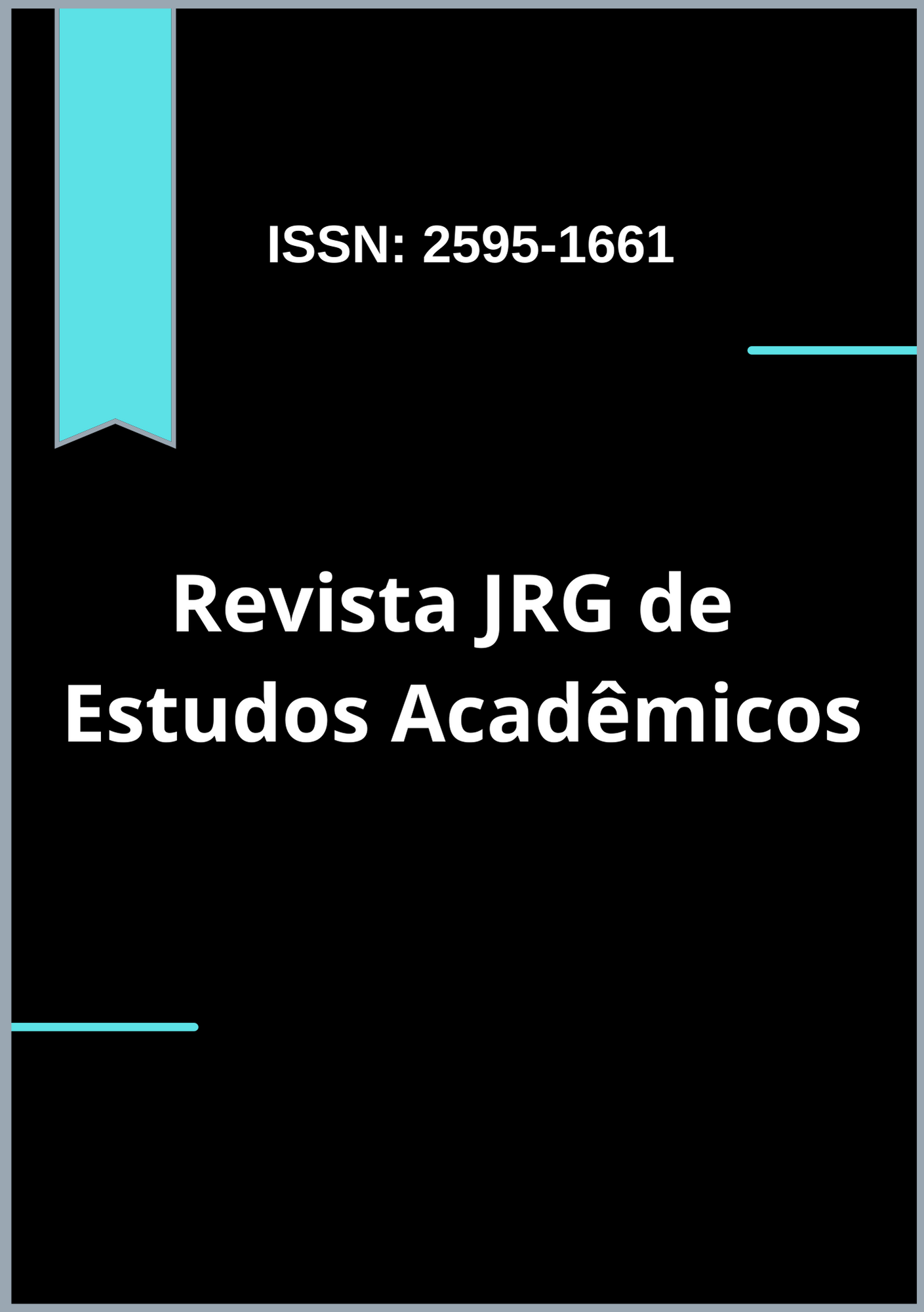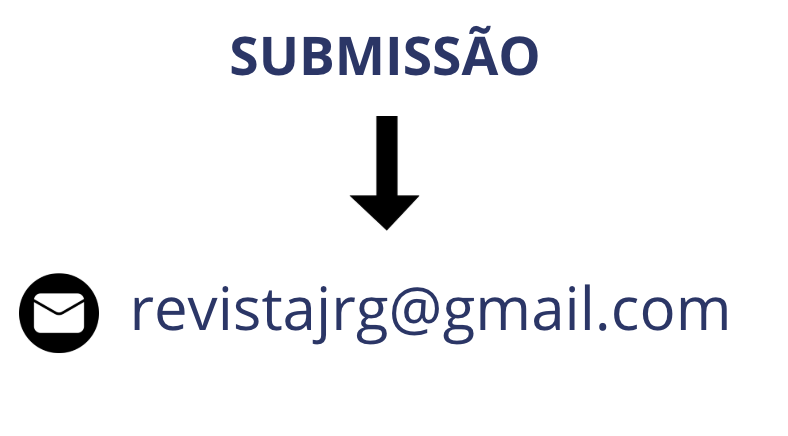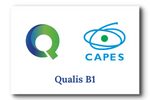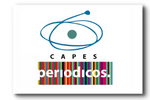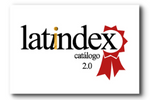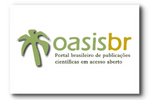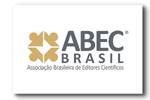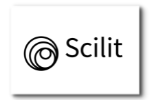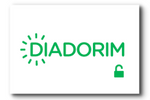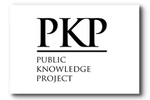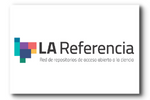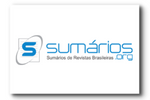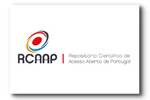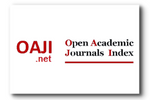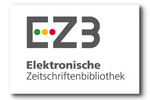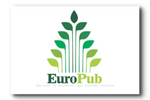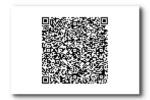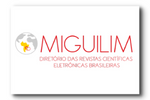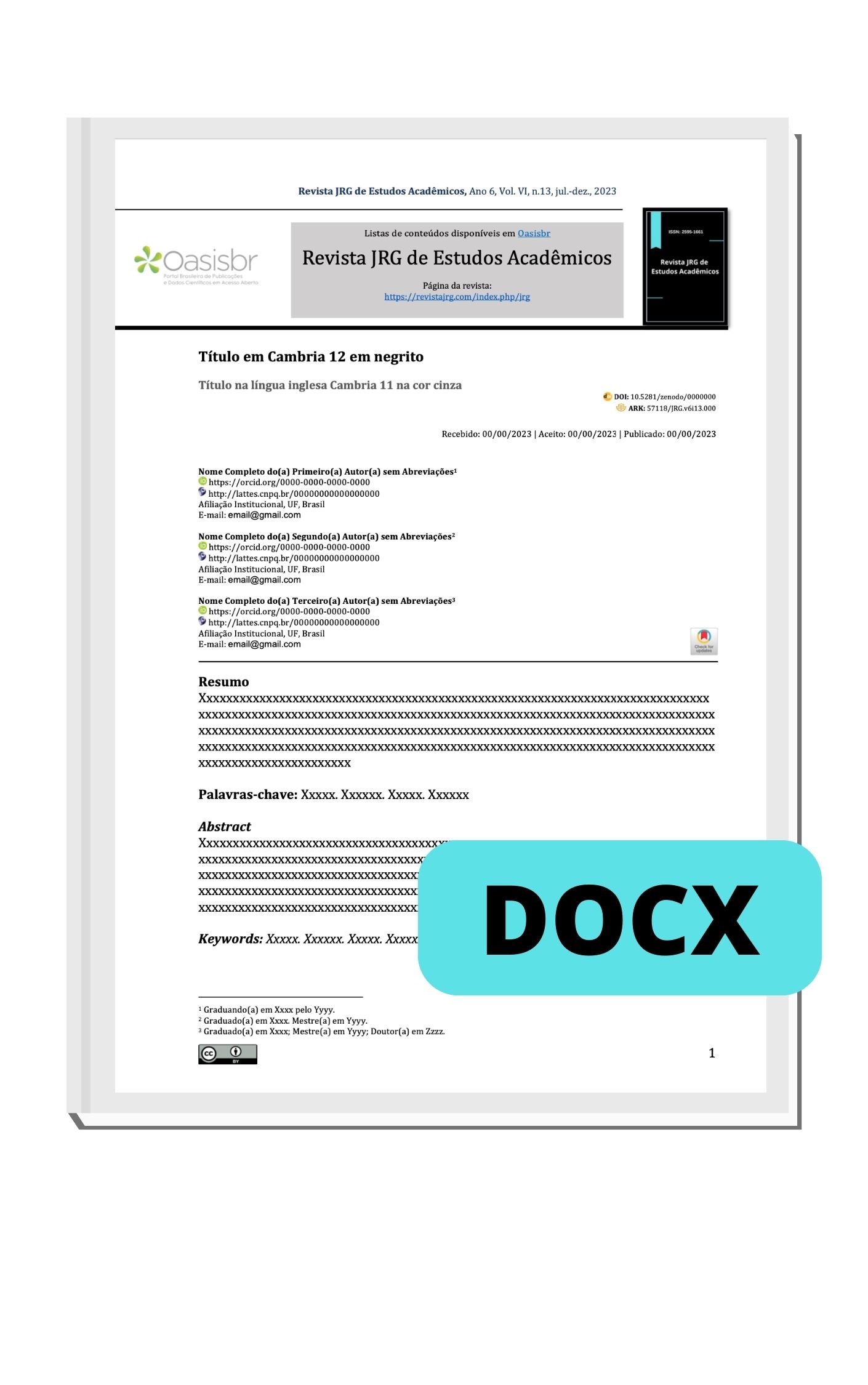The challenges faced by nursing professionals in the clinical management of patients with severe burns
DOI:
https://doi.org/10.55892/jrg.v8i19.2655Keywords:
Nursing care, nursing process, burns, intensive care unit.Abstract
Burns represent one of the most serious and complex injuries treated in a hospital setting, requiring specialized care and technical knowledge from the nursing team. These injuries can cause hemodynamic, inflammatory, and metabolic imbalances, as well as compromise the integrity of the skin, the largest organ in the human body. Appropriate treatment, combined with efficient nursing care, is fundamental for patient recovery. With the advancement of technologies such as amniotic membrane therapy and other biological therapies, new therapeutic possibilities have emerged. However, the qualification of professionals still represents a challenge in the clinical care of severely burned patients. This study aimed to analyze the main challenges faced by nursing professionals in the clinical management of patients with severe burns, highlighting gaps in technical and scientific knowledge, as well as limitations in the application of emerging therapeutic technologies. The methodology adopted was an integrative literature review, with data collection between August and September 2025. The search was conducted in the SciELO, LILACS, MEDLINE, PubMed, and BNDF databases, using specific descriptors related to nursing care and burn treatment. Studies published between 2020 and 2025, in Portuguese and English, evaluated through peer review, were included. The guiding question was developed based on the PICO strategy, allowing a systematic analysis of the available evidence. The review revealed that, although there are advances in burn treatment, significant challenges persist, such as failures in pain management, gaps in the use of vasoactive drugs, and low adherence to clinical protocols. It is concluded that the continuous qualification of nursing professionals, combined with institutional investments and evidence-based protocols, is essential to ensure effective, safe, and patient-centered burn care.
Downloads
References
AHUJA, N. et al. Dehydrated human amnion membrane as treatment for pediatric burns. Adv Wound Care (New Rochelle), v. 9, n. 11, p. 602–611, 2020. DOI: 10.1089/wound.2019.0983. Disponível em: https://pubmed.ncbi.nlm.nih.gov/33095127/. Acesso em: 31 ago. 2025.
BRASIL. Ministério da Saúde. SUS ofertará terapia com transplante da membrana amniótica no tratamento de queimaduras. Brasília, DF: Ministério da Saúde, 2025. Disponível em: https://www.gov.br/saude/pt-br/assuntos/noticias/2025/junho/sus-ofertara-terapia-com-transplante-da-membrana-amniotica-no-tratamento-de-queimaduras. Acesso em: 27 ago. 2025.
BORGES, L. et al. Cuidados de enfermagem aplicados ao paciente grande queimado adulto: revisão integrativa. Revista Enfermagem Atual In Derme, v. 98, n. 2, p. e024318, 2024. DOI: 10.31011/reaid-2024-v.98-n.2-art.1668. Disponível em: https://revistaenfermagematual.com.br/index.php/revista/article/view/1668. Acesso em: 27 ago. 2025.
COSTA, [Nome do autor, caso identificado]. Portaria amplia o tratamento de queimaduras no SUS com incorporação da membrana amniótica. Brasília, DF: Ministério da Saúde, 2025. Disponível em: https://www.gov.br/saude/pt-br/assuntos/noticias/2025/junho/. Acesso em: 27 ago. 2025.
CHOURDAKIS, M. et al. Nutritional therapy among burn injured patients in the critical care setting: an international multicenter observational study. Clinical Nutrition, v. 39, n. 12, p. 3813–3820, 2020. DOI: 10.1016/j.clnu.2020.04.023.
GOH, M. et al. Advancing burn wound treatment: exploring hydrogel as a transdermal drug delivery system. Drug Delivery, v. 31, n. 1, p. 2300945, 2024. DOI: 10.1080/10717544.2023.2300945.
IRILOUZADIAN, R. et al. The clinical outcomes of xenografts in the treatment of burn patients: a systematic review and meta-analysis. European Journal of Medical Research, v. 28, n. 1, p. 524, 2023. DOI: 10.1186/s40001-023-01505-9.
KNAPPSKOG, K. et al. Vasoactive and/or inotropic drugs in initial resuscitation of burn injuries: a systematic review. Acta Anaesthesiologica Scandinavica, v. 66, n. 7, p. 795–802, 2022. DOI: 10.1111/aas.14095.
LIMA JÚNIOR, E. M. et al. Linha do tempo da pele de tilápia (Oreochromis niloticus) na medicina regenerativa moderna: da bancada ao paciente. Revista Brasileira de Queimaduras, v. 22, n. 2, p. 41–46, 2023.
LOUSADA, L. M. et al. Cuidados de enfermagem em pacientes queimados nas Unidades de Terapia Intensiva. Arquivos de Ciências da Saúde da UNIPAR, v. 26, n. 3, p. 764–781, 2022.
LUZE, H. et al. The use of acellular fish skin grafts in burn wound management – A systematic review. Medicina (Kaunas), v. 58, n. 7, p. 912, 2022. DOI: 10.3390/medicina58070912.
MANNES, M. et al. Complement as driver of systemic inflammation and organ failure in trauma, burn, and sepsis. Seminars in Immunopathology, v. 43, n. 6, p. 773–788, 2021. DOI: 10.1007/s00281-021-00872-x.
MARKIEWICZ-GOSPODAREK, A. et al. Burn wound healing: clinical complications, medical care, treatment, and dressing types. International Journal of Environmental Research and Public Health, v. 19, n. 3, p. 1338, 2022. DOI: 10.3390/ijerph19031338.
MASON, S. A.; PHAM, T. N. Use of dermal regenerative templates for burns. Journal of Burn Care & Research, v. 44, supl. 1, p. S19–S25, 2023. DOI: 10.1093/jbcr/irac135.
NASIRZADE, A. et al. Comparison of the effects of burn assessment mission game with feedback lecture on nursing students’ knowledge and skills in the burn patients’ assessment. BMC Medical Informatics and Decision Making, v. 24, n. 1, p. 157, 2024. DOI: 10.1186/s12911-024-02558-4.
NELSON, C. et al. Unplanned extubation in the burn unit: a retrospective review. Journal of Burn Care & Research, v. 46, n. 3, p. 612–619, 2025. DOI: 10.1093/jbcr/iraf011.
OPRIESSNIG, E. et al. Epidemiology of burn injury and the ideal dressing in global burn care – regional differences explored. Burns, v. 49, n. 1, p. 1–14, 2023. DOI: 10.1016/j.burns.2022.06.018.
PAGGIARO, A. O. Membrana amniótica: quanto tempo o Brasil ainda precisa esperar? Revista Brasileira de Queimaduras, v. 22, n. 3, p. 87, 2023.
PAZ, F. R. L. et al. Conhecimento da equipe de enfermagem no atendimento de emergência aos pacientes vítimas de queimaduras. Revista Ibero-Americana de Humanidades, Ciências e Educação, v. 10, n. 10, p. 2920–2933, 2024. DOI: 10.51891/rease.v10i10.16129.
SÁ, G. G. L. de et al. Uso de membrana amniótica como curativo biológico temporário em queimaduras: uma revisão integrativa. Brazilian Journal of Health Review, v. 7, n. 5, p. e72909, 2024. DOI: 10.34119/bjhrv7n5-198. .
SONG, J. et al. Skeletal muscle wasting after a severe burn is a consequence of cachexia and sarcopenia. JPEN Journal of Parenteral and Enteral Nutrition, v. 45, n. 8, p. 1627–1633, 2021. DOI: 10.1002/jpen.2238.
VAN YPEREN, D. T. et al. Burn injury characteristics, referral pattern, treatment (costs), and outcome in burn patients admitted to a hospital with or without a specialized Burn Centre (BURN-Pro). European Journal of Trauma and Emergency Surgery, v. 49, n. 3, p. 1505–1515, 2023. DOI: 10.1007/s00068-023-02233-9.
WORLD HEALTH ORGANIZATION. Burns. Geneva: WHO, 2023. Disponível em: https://www.who.int/news-room/fact-sheets/detail/burns. Acesso em: 30 ago. 2025.
YARALI, M. et al. A systematic review of health care workers' knowledge and related factors towards burn first aid. International Wound Journal, v. 20, n. 8, p. 3338–3348, 2023. DOI: 10.1111/iwj.14162.
ŻWIEREŁŁO, W. et al. Burns: classification, pathophysiology, and treatment: a review. International Journal of Molecular Sciences, v. 24, n. 4, p. 3749, 2023. DOI: 10.3390/ijms24043749.
